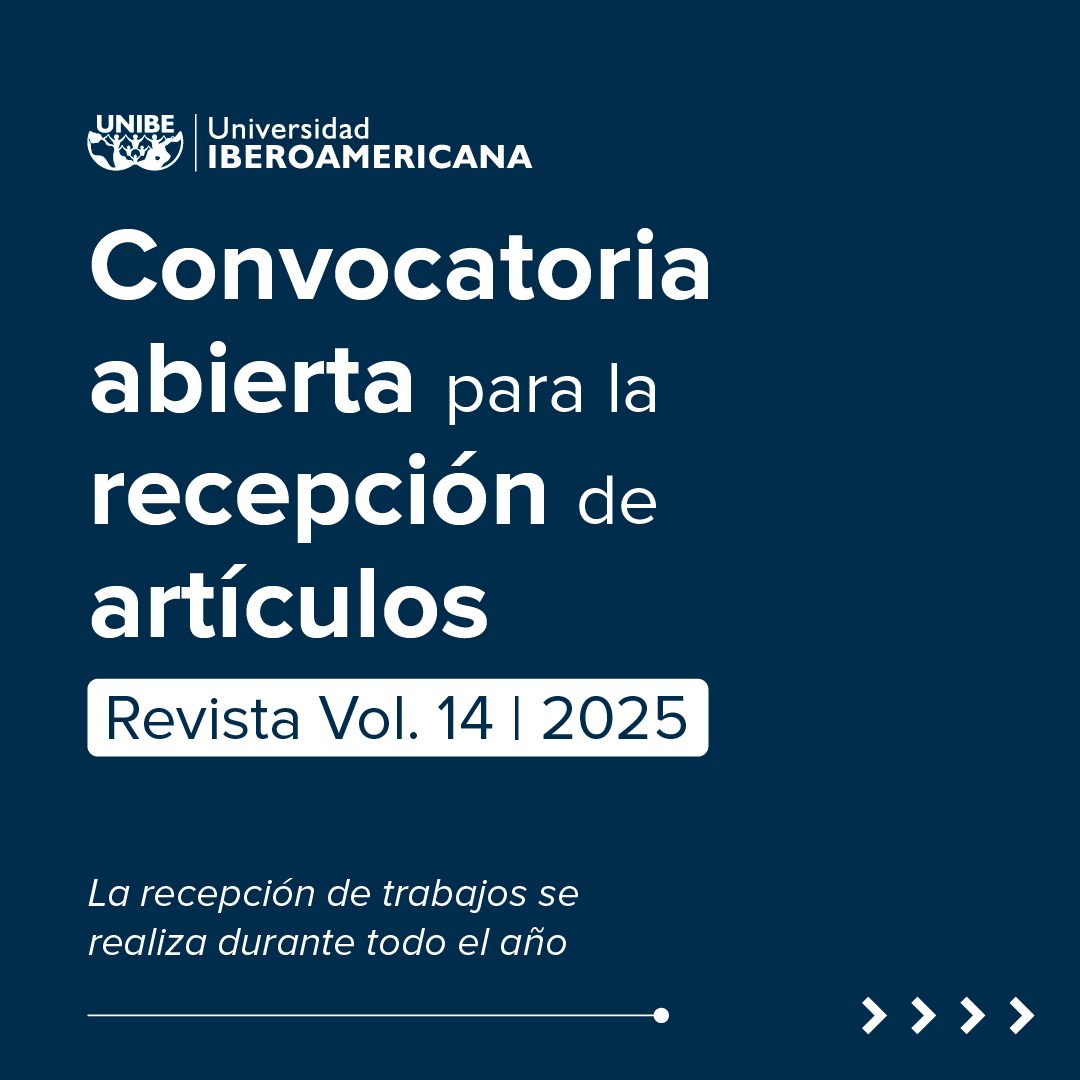Study of the successional entomofauna incorporated into the cadaveric decomposition, with the casuistic presentation in the city of Encarnación-Paraguay. 2017
DOI:
https://doi.org/10.26885/rcei.8.1.11Keywords:
forensic entomology, criminal responsibility, causes of death, insectsAbstract
This paper analyzes Forensic entomology. This approach is justified by the fact that entomology serves to determine the post-mortem interval, IPM, to clarify the facts of death, traumas or mutilations before death, as well as where the death occurred, to clarify circumstances of abuse, abandonment, such as identification of human DNA from insects, recovery of toxic substances in larvae to determine alcohol, medication and drug abuse. This purpose was achieved through the literature review, field experiment, the protocol suggested by Goff, García, Arnandos, Romera and Luna (2004) with some modifications. The study showed that insects are the first to reach a decomposing body, this occurs in a certain sequence following a natural process, generating a succession of species, following a pattern, but at the same time, unrepeatable, because it changes according to the place and the time of year. According the time of development, the larval stages of the insects can be determined with enough precision the possible causes of death or post mortem interval. (IPM) (Flores & Leonardo, 2012). In conclusion, the entomologist who understands these patterns could provide the forensic doctor as well as the authorities extremely useful information for criminal cases.
Downloads
References
Carvalho, R. (1993). Ce Calliphoridoshave de Identificacao das especies. Do sul do Brasil.
Flores, P., & Leonardo, R. (2012). Sucesión de entofauna cadavérica. México: Montecillo y Texcoco.
Garcia, M. A., & González Mora, D. (2004). Los Insectos Sarcophagidaes de un ecosistema acadavèrico. Boletín de la Asociación Española de Entomología, 225-228.
Goff, M., Garcia, M., Arnandos, M., Romera, E., & Luna, A. (2004). Entomología cadavérica: Fundamentos y Aplicación. Referencia a la entomología Española. Barcelona: Villanueva Cañadas.
Samaja, J. (1993). Epistemología y Metodología de la Investigación. Buenos Aires.
Wolff, M., Giraldo, N., & Pérez, M. (2004). Estudio de la entomofauna cadavérica encontrada en humanos alrededor de Medellín. y su aplicación en la determinación del intervalo posmortem. Medellín, Colombia.: Memorias.
Zamira, S. (2015). Entomología Forense: Los insectos en la escena del crimen. Entomología Forense Colombia.
Downloads
Published
Versions
- 2019-12-30 (2)
- 2019-11-13 (1)













